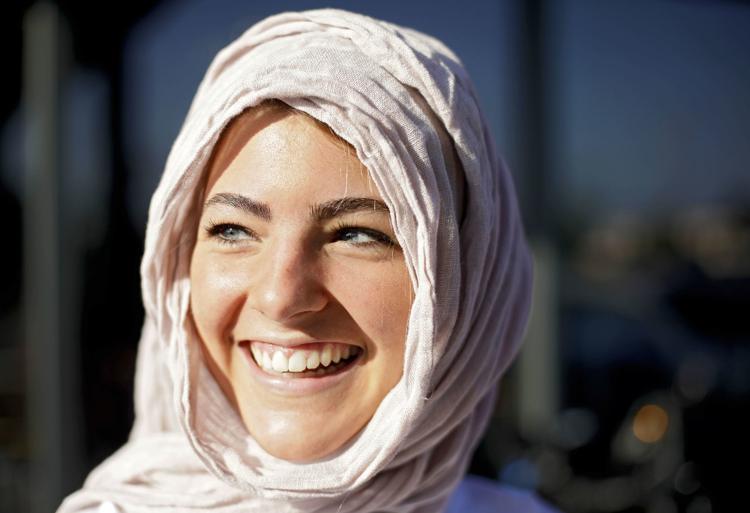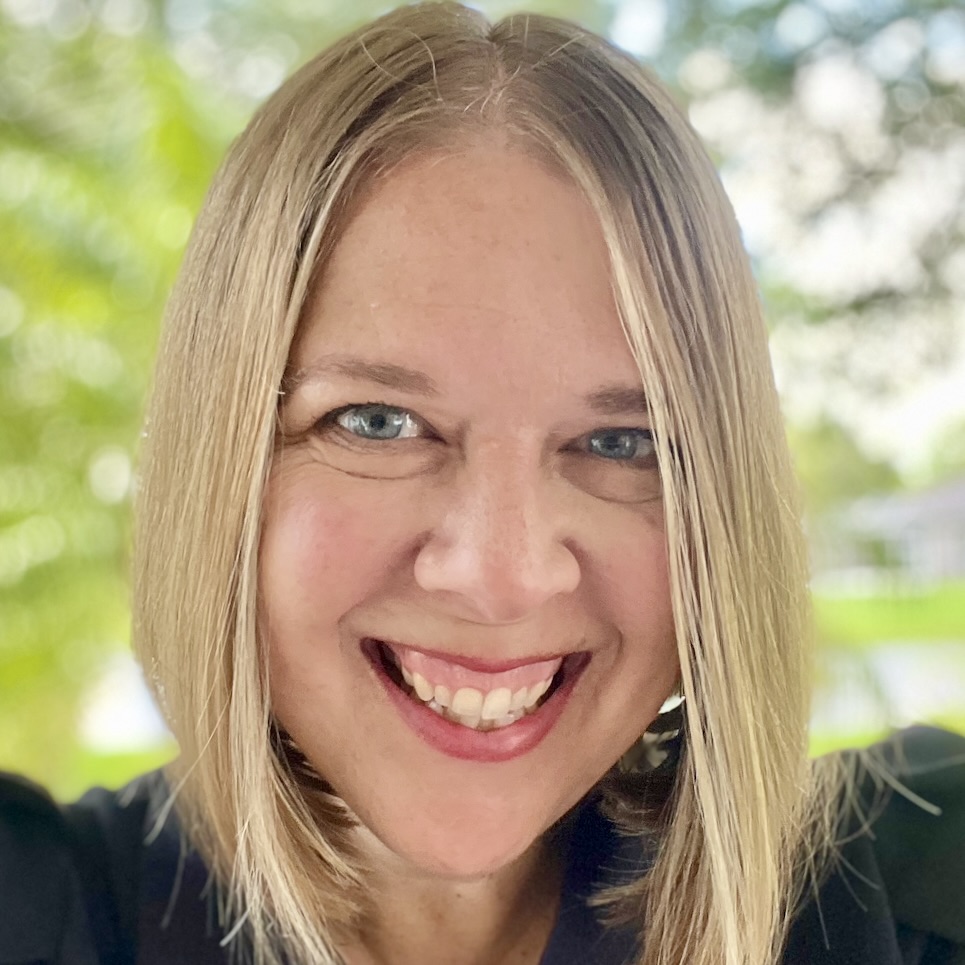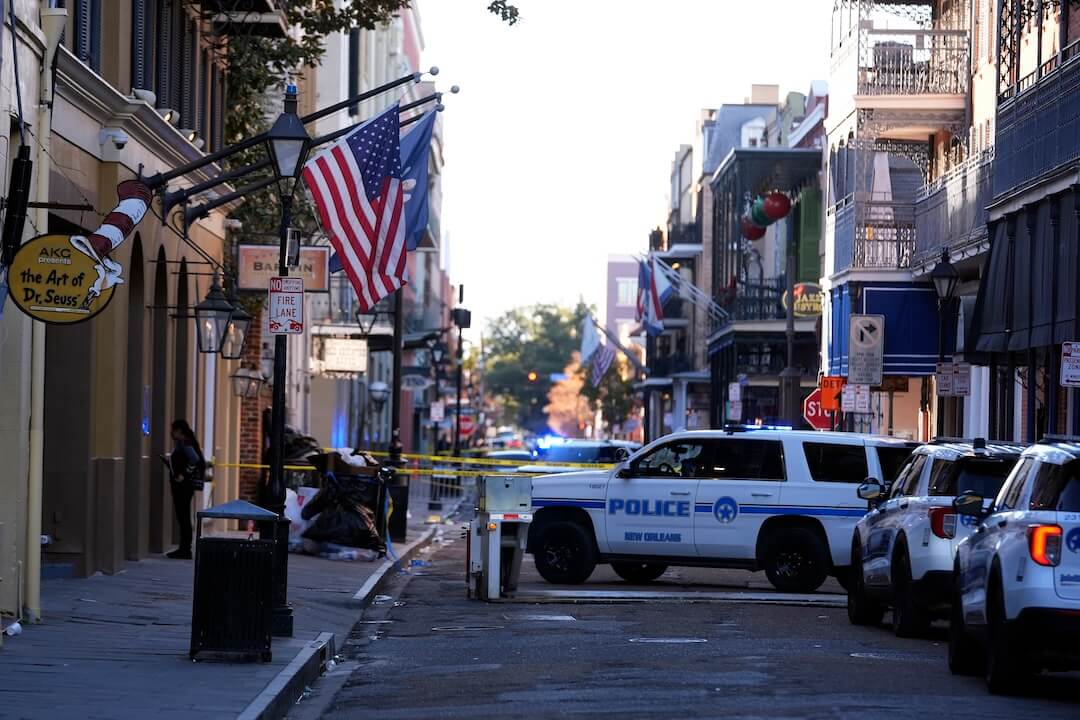A few years ago, Mike Simons walked and documented Tulsa’s 16-mile long Peoria Avenue one mile at a time.
“It changed the way I approach my job. Really, how I approach life,” said the Tulsa World staff photographer. “I fell in love with talking to strangers. Just seeing someone interesting, striking up a conversation and photographing them.”
Simons repeated what he’d tried with that series, called Street Level, on two other streets. Then, he made it a regular part of his job through an online photo gallery called “Talking to Strangers.”
This week, you can learn more about his work, and another project that seeks to explain something vital to a community from the online Racine (Wisconsin) County Eye.
Related: Want more on local news? Sign up for our weekly newsletter, Local Edition
What’s your newsroom working on? Share the work that you’re proud of, and I’ll reach out if we decide to feature it.
All the answers shared here came through a Google form and emails have been edited for length and clarity.
“Your photographers are a valuable resource.” — Mike Simons, Tulsa World
Newsroom: Tulsa World
Newsroom size: 65
Project: “Talking to Strangers”
Who worked on this: Mike Simons, staff photographer.
[the_ad id=”667826″]
Tell us about the people you meet and what they think of your project when you approach them:
I only take these photos after I talk to the people and tell them what I am doing. Like any newspaper photographer, I have to photograph enough people who don’t want to be photographed, so for this I really only do it if they are on board. Sometimes they say no. Usually, I still sit and talk with them. I still want to learn about them. That is why I stopped to talk to them in the first place. Usually after we talk for a while, and they see that I’m really interested in them, they let me take photos.
I was out in a very rural area the day after a reported tornado hit. I couldn’t find any damage. As I drove on a state highway I saw Willie Lee Cox standing on the side of the road, in his cowboy hat and western wear. He was wonderful! I could tell that passing by at 70 miles per hour. I stopped and he thought it was peculiar that I was there and wanted to photograph him. As I moved in close for a tight photo (pictured above) of that wonderful face, he erupted into laughter about the whole thing. I drove 150 miles, and never found any storm damage. I considered the trip a success because of that face.
Related training: Choosing the best photos for the story
I met Carwash (pictured below) on a hot June day in east Tulsa hanging around food trucks. The only name he would only give me was “Carwash,” like the tattoo on his arm. He washes windows of cars around food trucks for tips.

Driving past a Starbucks, I saw what looked like a group of Muslim teen girls on the patio having coffee. The boys with them didn’t seem Muslim. I thought maybe it was some kind of cultural exchange program. Turns out they were all students from Bishop Kelley High School, a Catholic school, and were part of a class called Social Justice in Action. On this day of class they wore hijabs in the community to see how Muslims are treated. These photos (pictured below) were very popular in the local Muslim community. The executive director of Tulsa Metropolitan Ministries, who is Muslim, shared the post on Facebook saying that people like these students renewed her faith in humanity daily.
[the_ad id=”667872″]

How often do you take these photos?
If I had to guess an average I’d say one a week. There is no set time I work on these. It is usually between assignments, and just when I see someone interesting and want to talk to them.
What’s the response like?
This kind of work is the only thing that I hear about from readers or the community. When I did my three series called Street Level, they ran as a column with my mugshot. It is wonderful when people bring it up, because all kinds of people talk to me about it. Right wing or left wing doesn’t seem to matter. They like it, enjoy meeting their neighbors and that makes me happy.

What did you learn about journalism, your newsroom, your community (you pick) from the process?
The old cliché, “everyone has a story” is a cliché for a reason. It’s true. But a lot of these stories aren’t really the kind of stories we’d cover in the paper. However, from what I hear from people, they love learning a little something about their neighbors.

How can other local newsrooms do work like this?
Your photographers are a valuable resource. Mine them! Most likely they are out in the community more than any other member of your newsroom. They probably know people all over town. Most likely they stop and talk to people. There is a place for these interactions in the paper/web site.
“My goal is not only to help my community understand the labor market, but also to give people hope.” Denise Lockwood, Racine County Eye
Newsroom: Racine County Eye
Newsroom size: Three full-time reporters
Project: “Help Wanted”
Who worked on this: Denise Lockwood, publisher
How did you make this story/series happen?
The City of Racine has one of the highest unemployment rates in Wisconsin, yet we are home to the Foxconn Technology Group project, which is bringing thousands of jobs.
We knew that the community needed help to navigate the myriad of resources being dumped into our area, but people really need to understand the labor market, understand the work, and how to access these programs.
[the_ad id=”667878″]
So we kicked off a podcast called Help Wanted: Stories, insight and inspiration about employment in Southeastern Wisconsin.

What did you learn?
Racine is in the rust belt. We make motors and there are thousands of people who knew and understood that work. But they have no idea of what is about to happen in this town as Foxconn is building a 22.5 million-square-foot manufacturing campus that promises 10,000 jobs and an additional 12,000 jobs from its suppliers.
So there’s a huge wave of change expected, but no one really knows what that actually looks like.
How can other local newsrooms do work like this?
Starting a podcast was easy. I use a Snowball Blue microphone, the recorder on my laptop and host it on Podbean. I also have a friend who records my intro/outro and I just post it. I tend to record two podcasts a week so that I’ve got some flexibility just in case someone has to reschedule. I broke up the podcast into two segments for my main feature, one about the person’s organization and one about them personally. I ask them about their first job, successes and challenges, what they get out of work, and what advice they would give others. My goal is not only to help my community understand the labor market, but also to give people hope.
Did your work result in any changes?
I am just starting this and I can tell you that my hope is that people connect with this content on a deep level. It’s a little too early to tell, but I’m in this for the long haul. I can tell you the business community is really embracing this product as I go out and seek sponsors for my work.







